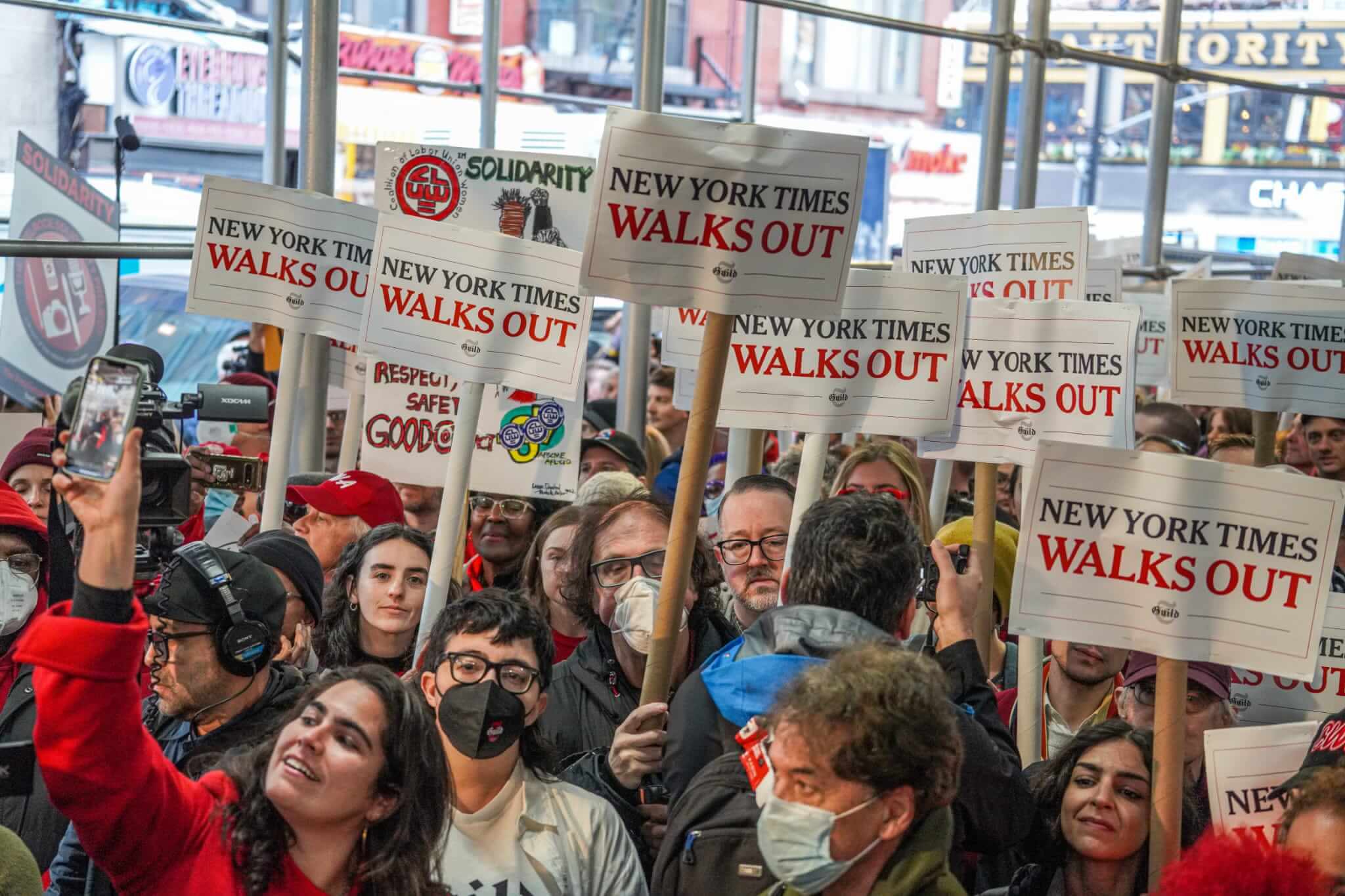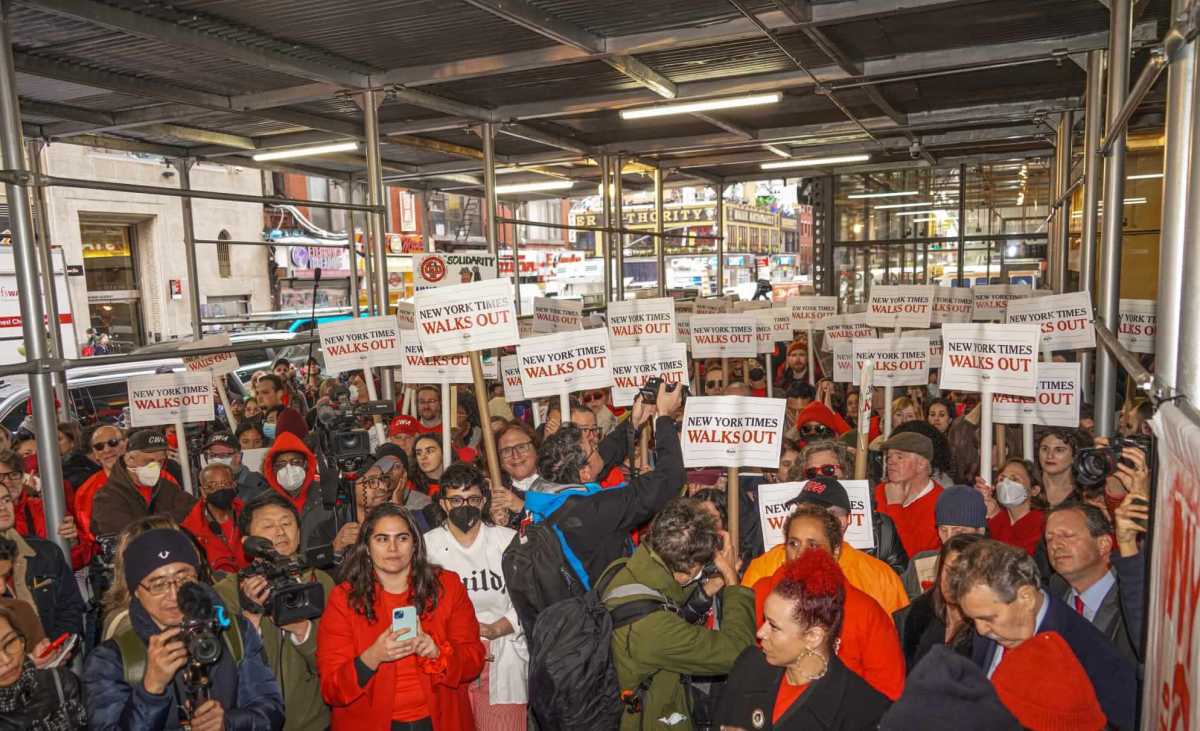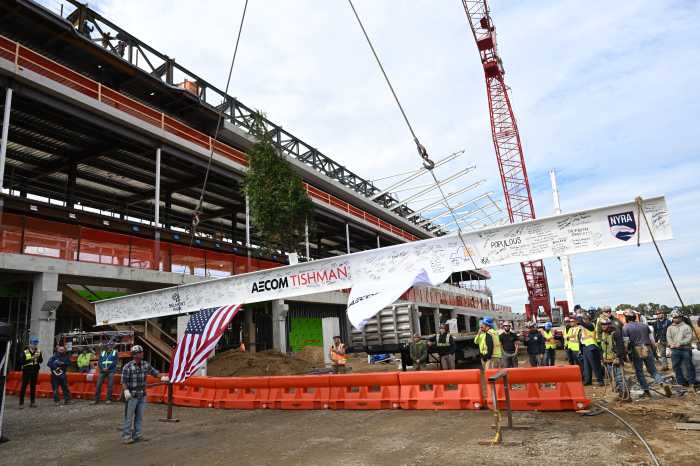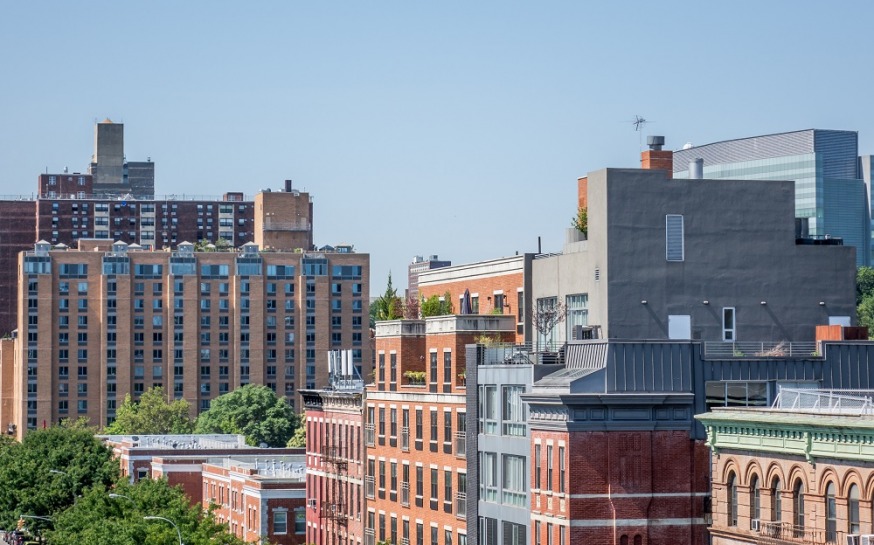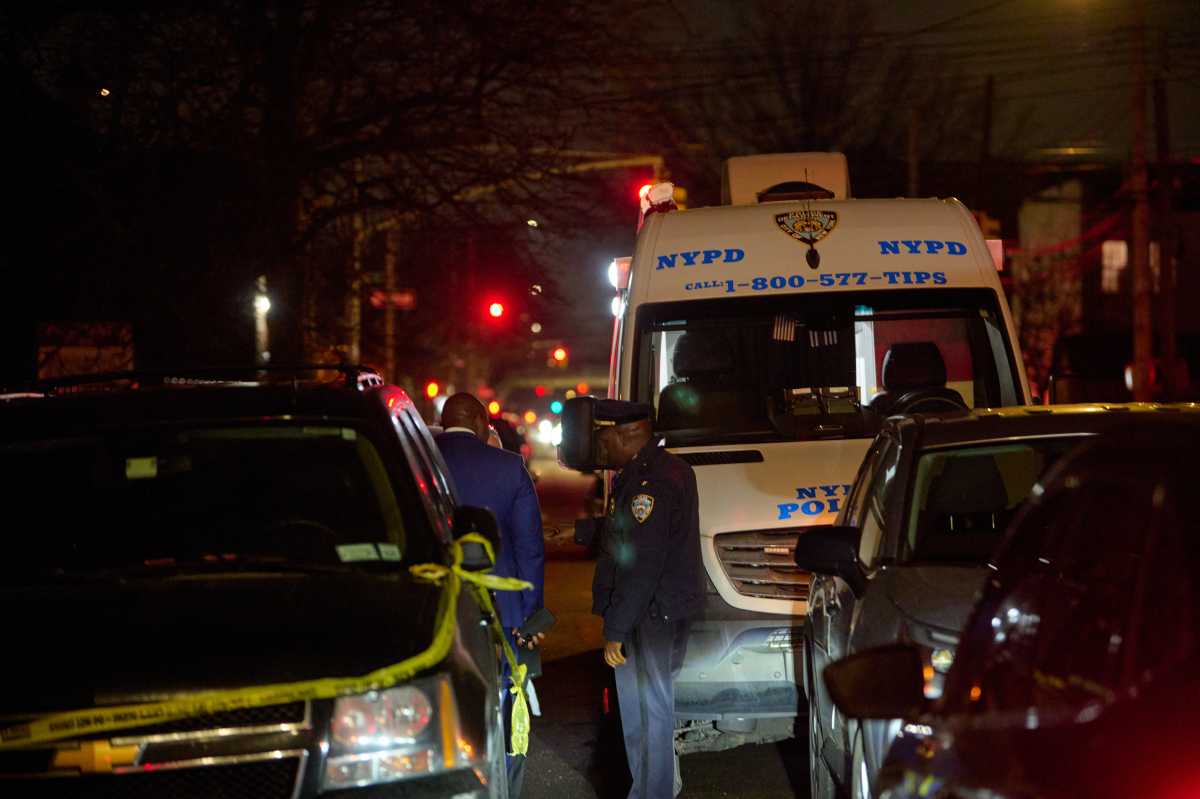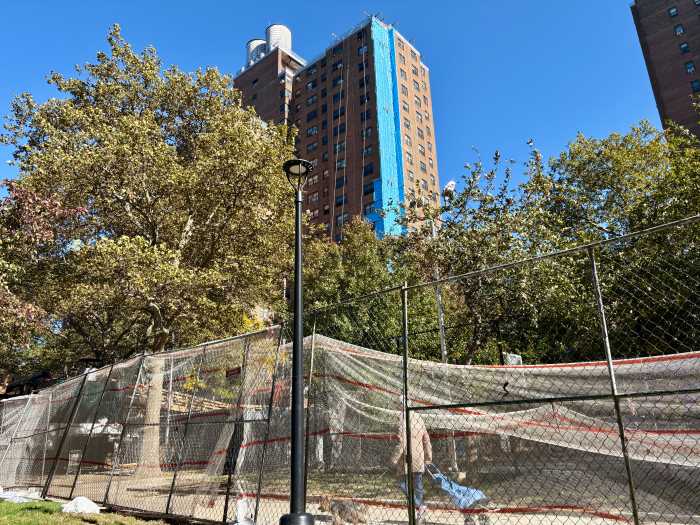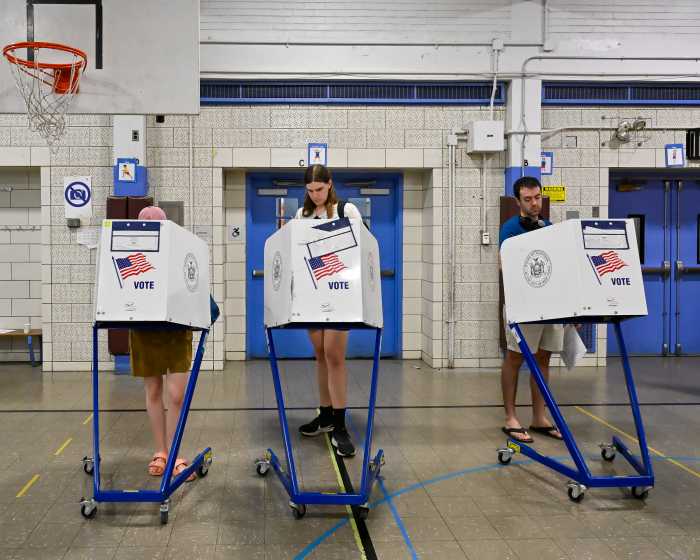New York Times staff and journalists walked off the job Thursday in the publication’s first strike in 40 years.
Workers picketed outside the famed “Gray Lady’s” headquarters on 8th Avenue in Midtown on Dec. 8 in a 24-hour job action after talks between their union and management broke down Wednesday.
The strike began after the New York Times Guild were unable to come to terms with management regarding new contracts after almost two years of tense negotiations. Some of the topics in discussion were stagnant wages, remote work policies and more.
“We’ve been negotiating with Times management for 20 months,” Bill Baker, the telecommunications coordinator at The New York Times and guild chairperson, said to a resounding sound of boos from the gathering crowd. “It is because they have not negotiated in good faith that we are here. We are here because we told them that if they did not have a deal by Dec. 8, that we would be here.”
The 24-hour walkout, which is said to include at least 1,100 employees, began at midnight and was to continue through 11:59 p.m. Thursday.
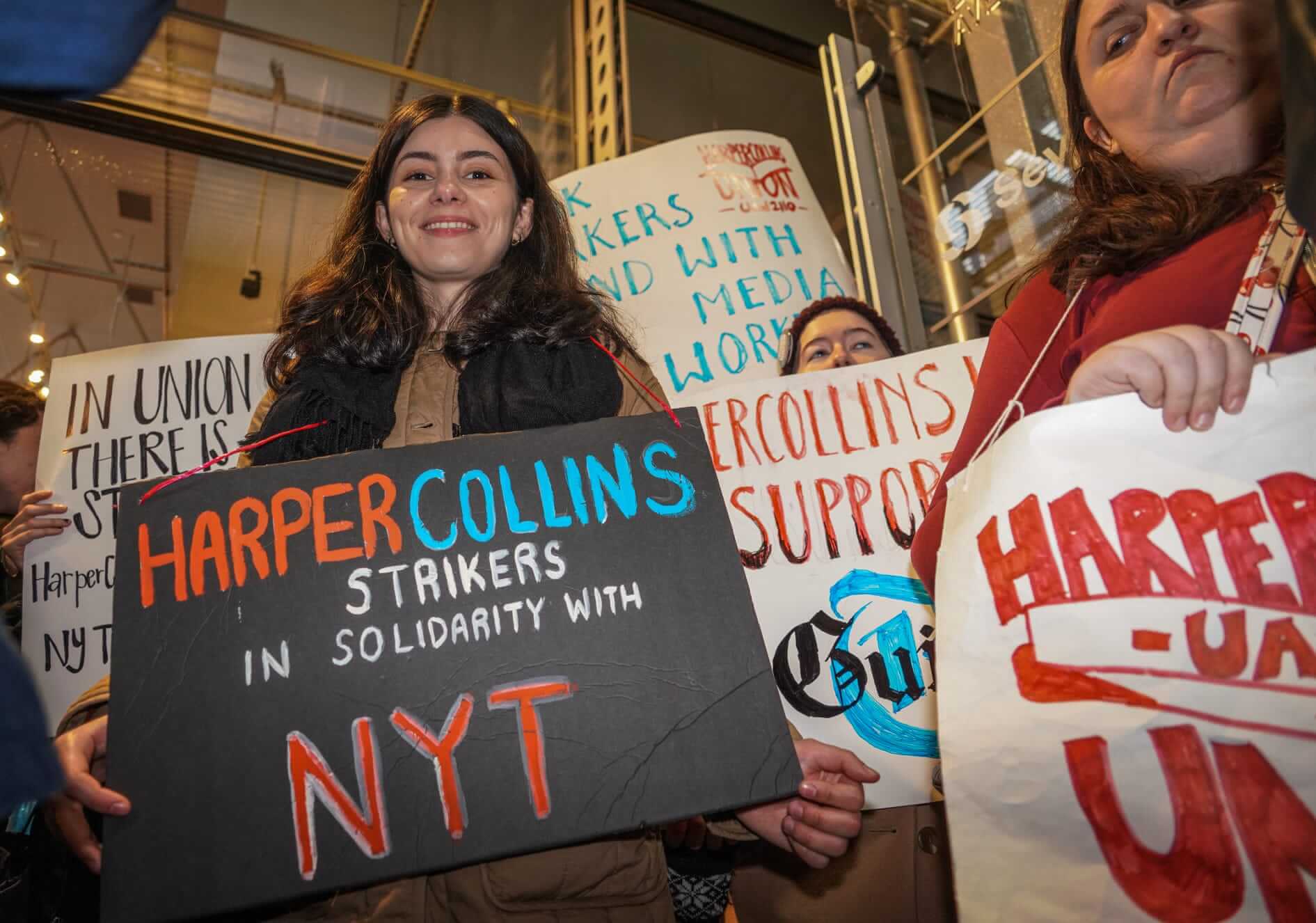
“Over 1,100 members of our unit affirmed that we need better wages, that we need a performance evaluation system that works for everyone evenly, that we have a remote work, work from home and health and safety environment that keeps our members safe, that acknowledges that, yes, we are still in a pandemic,” Baker added.
The strikers cheered as they nodded in agreement to each of Baker’s points, some underscoring how wages should be increased to keep up with inflation as well as creating an inclusive and diverse environment.
Under the contract negotiations, the guild charged that the company’s employee evaluation system is racially biased. The union is pushing for a commitment to diversity, equity, and inclusion matching its internal rhetoric ensuring equal pay.
At the strike, employees donned red to symbolize solidarity amongst the union and chanted, “Our union will never be divided,” “What outrageous? Stagnant wages,” “Time to pay me, Gray Lady,” and “We make the paper, we make the profits.”
Many of them are enraged that their salaries have remained the same since 2020 and argued that management is simply dragging their feet.
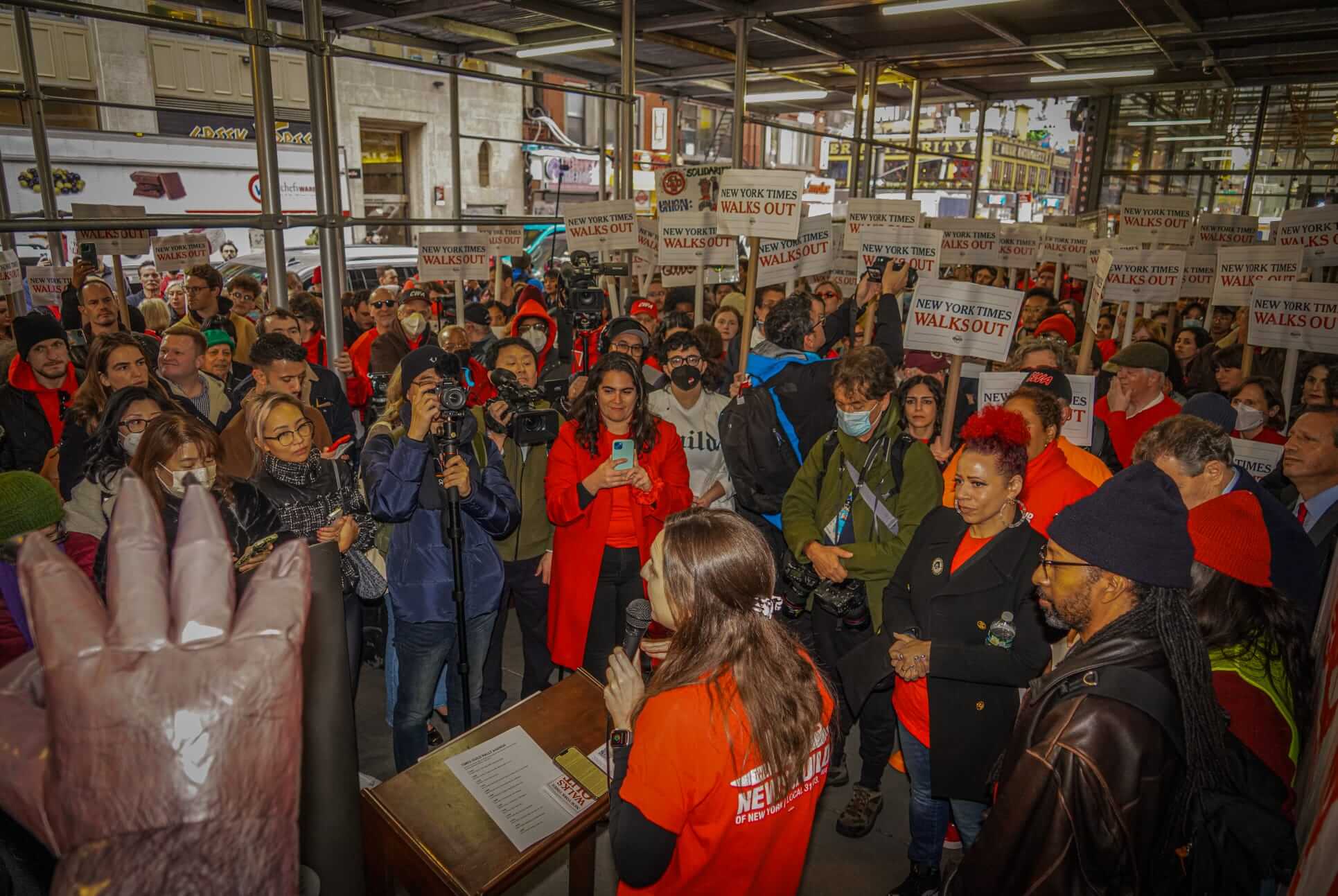
In response to this walkout, a New York Times spokesperson states that the company is still ready to continue negotiations.
“While we were still in negotiations and ready to continue, we received notification from more than 100 News Guild members in the newsroom confirming that the strike would proceed,” according to the spokesperson’s statement. “It is disappointing that they are taking such an extreme action when we are not at an impasse. Though we’ve made progress and offered several new proposals this week to address issues identified as priorities by the Guild, we still have much more work to do when we return to the bargaining table.”
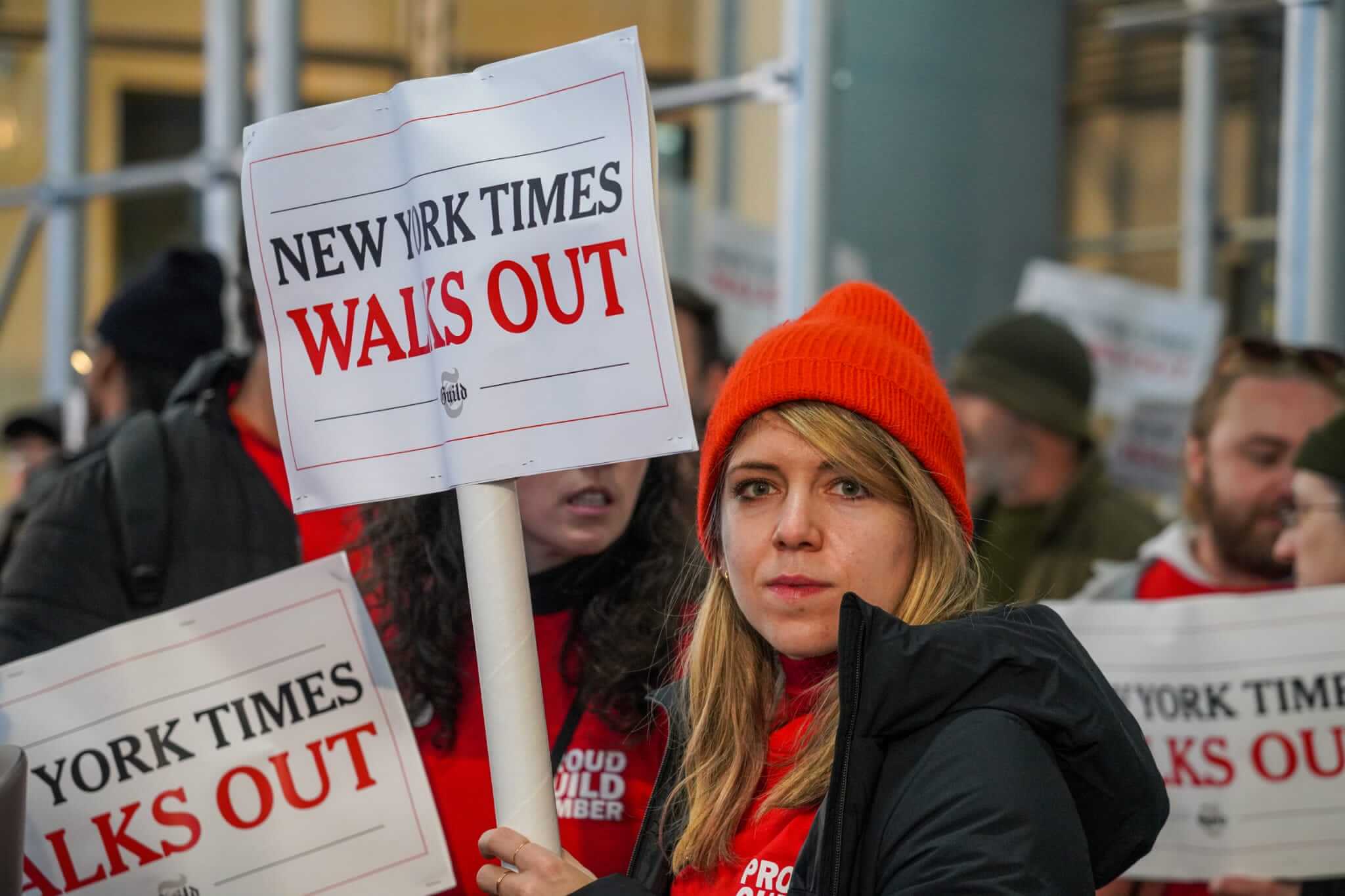
Baker added during the rally that management walked away from the negotiating table hours before they were set to end.
“They propose to double down on the same flawed performance review system. They walked away from the bargaining table last night at 6:47 p.m. ignoring the demands of you all who are standing here today and those of you who are at home,” Baker stressed.
According to The New York Times, the union’s requests would force management to spend more than $100 million in additional costs, which the company states is difficult to sustain in the field of journalism.
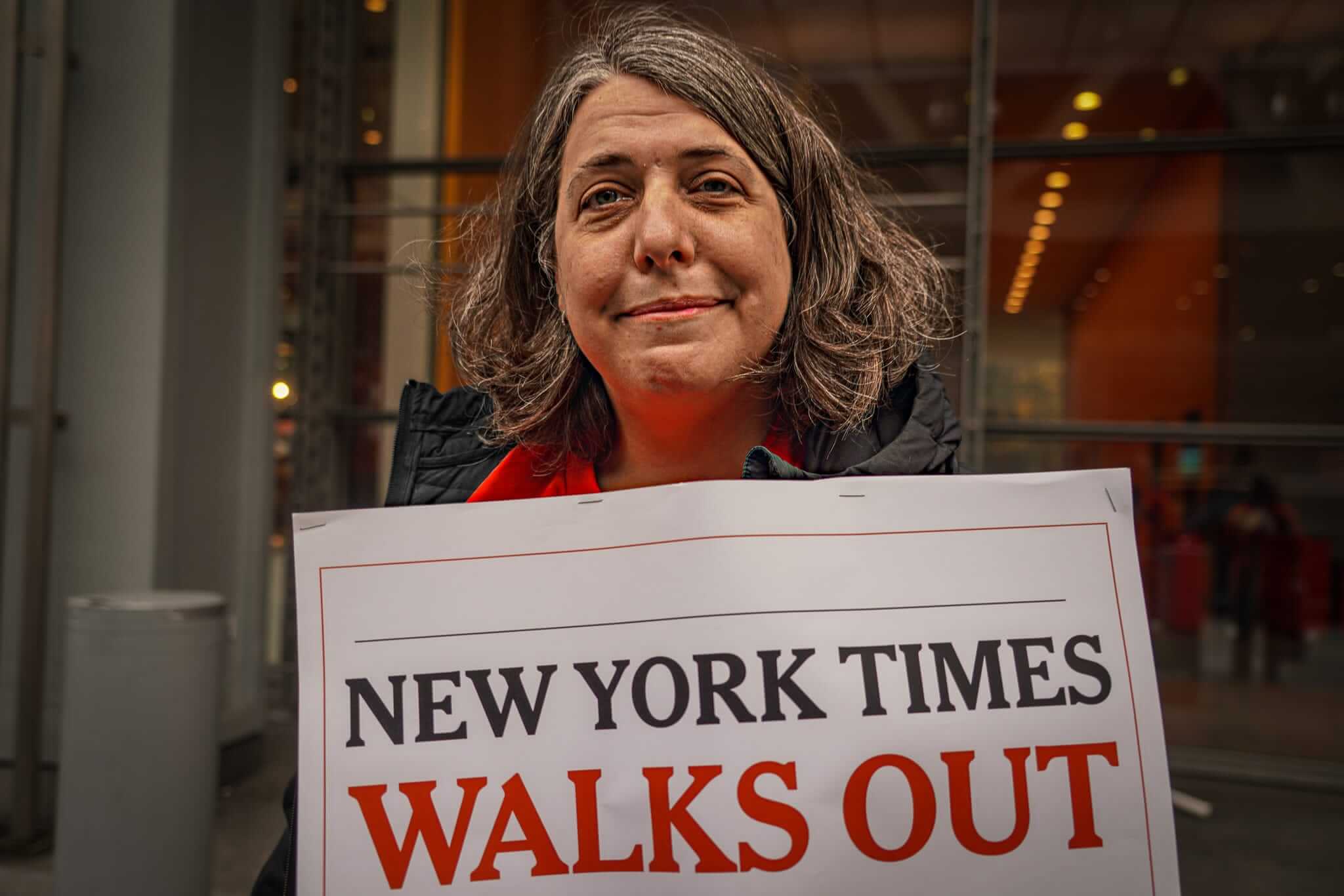
“We remain eager to work with the NewsGuild to reach a collective bargaining agreement that financially rewards our journalists for their contributions to the success of The Times, is fiscally responsible and continues to take into account the challenging industry landscape. The NewsGuild’s proposal, which would add more than $100 million in additional costs over the life of the contract, would make it difficult to sustain our investment in journalism. We’re committed to continuing to serve our readers and are prepared to do so without disruption,” the New York Times spokesperson said.
